Buy Anavar (Oxandrolone)
$65.00
Anavar, the brand name for oxandrolone, is an oral anabolic-androgenic steroid with a reputation for being one of the milder options in its class. Medically, it is prescribed to help patients regain weight after surgery, trauma, or chronic illness, and to treat certain muscle-wasting conditions. Its unique profile includes a high anabolic-to-androgenic ratio, making it a valuable tool in specific clinical settings.
Anavar, with its generic name oxandrolone, stands out among anabolic-androgenic steroids (AAS) for its distinct therapeutic properties and relatively favorable side effect profile when compared to more potent counterparts like Anadrol. Developed in the 1960s, Anavar was designed with a specific purpose in mind: to provide anabolic benefits with a minimal risk of androgenic side effects. This careful engineering has made it a valuable medication for treating a variety of conditions where muscle loss and weight management are key challenges.
What is Anavar and Its Primary Medical Purpose?
At its core, oxandrolone is a synthetic anabolic steroid derived from dihydrotestosterone (DHT). However, a key modification at the C17-alpha position allows it to be taken orally. The primary medical purpose of Anavar is to promote healthy weight gain in patients who have lost a significant amount of weight due to severe trauma, extensive surgery, chronic infections, or other debilitating conditions. It is also clinically used to counteract the catabolic effects of long-term corticosteroid therapy, provide relief for bone pain associated with osteoporosis, and even to help some pediatric patients with a history of growth failure.
The Anabolic-Androgenic Ratio
A crucial concept in understanding steroids is the anabolic-androgenic ratio. This rating system measures a steroid’s ability to build tissue (anabolic) versus its potential to cause masculine side effects (androgenic). Anavar is famous for having an exceptionally high anabolic-to-androgenic ratio. While pure testosterone has a ratio of 100:100, Anavar is often cited with a ratio as high as 320-630:24. This means it is highly effective at promoting muscle growth while having a significantly lower potential for androgenic side effects like acne, body hair growth, and a deeper voice. This unique property makes it a safer option for specific medical applications, particularly in women and children where androgenic effects are a major concern.
The Role of Anavar in Clinical Settings
Anavar’s unique pharmacological profile makes it suitable for specific, well-defined clinical applications where other, more potent steroids would be too risky. Its use is carefully managed by doctors to provide therapeutic benefits while minimizing potential harm.
Promoting Healthy Weight Gain and Recovery
One of Anavar’s most significant medical uses is helping patients recover from a state of severe weight loss or wasting. After extensive burns, major surgery, or severe infections, the body enters a catabolic state, breaking down muscle tissue to meet energy demands. Anavar helps to reverse this process by improving nitrogen retention and protein synthesis, which are essential for rebuilding muscle. This not only helps patients regain lost weight but also improves their strength, mobility, and overall recovery. Its effectiveness in this area makes it a valuable tool in hospital settings and for long-term patient care.
Treating Wasting Syndromes and Catabolic States
Beyond general recovery, Anavar has been a critical component in managing specific medical conditions characterized by muscle wasting. It has been used to treat patients with HIV/AIDS-related wasting syndrome, where the disease causes profound and dangerous muscle loss. By helping to preserve lean body mass, Anavar can improve a patient’s quality of life and potentially extend their lifespan. Similarly, it is sometimes prescribed to counteract the muscle-wasting effects of long-term corticosteroid therapy, which is used to treat conditions like asthma and chronic inflammatory diseases.
Use for Bone Density and Pediatric Growth
Anavar’s anabolic properties extend beyond muscle to bone tissue. It has been used to treat osteoporosis, a condition that causes bones to become weak and brittle. By stimulating bone protein synthesis, Anavar can help increase bone density and reduce the risk of fractures. In a pediatric context, it has been used to help some boys with delayed growth due to specific medical conditions. Its low androgenic profile makes it a safer option for this use compared to other anabolic steroids, though its use is highly specialized and requires meticulous monitoring.
Navigating the Risks and Side Effects of Anavar
Despite its reputation as a “mild” steroid, Anavar is still a powerful pharmaceutical with a potential for significant side effects. Acknowledging and understanding these risks is paramount for both medical and non-medical users.
Liver and Cholesterol Concerns
Like most oral steroids, oxandrolone is C17-alpha alkylated, a chemical modification that allows it to survive the digestive process and enter the bloodstream. While this makes it orally effective, it also places strain on the liver. The risk of hepatotoxicity (liver damage) is real, even if it is considered lower than with other oral steroids like Anadrol. Users must be monitored for elevated liver enzymes, which can be an early sign of liver stress.
Furthermore, Anavar has a notable negative impact on cholesterol levels. It can significantly decrease the levels of high-density lipoprotein (HDL cholesterol, often called “good cholesterol”) and increase the levels of low-density lipoprotein (LDL cholesterol, or “bad cholesterol”). This can increase the risk of cardiovascular disease over time, making regular blood work to monitor cholesterol levels an essential part of any treatment plan.
Androgenic Side Effects
While Anavar’s androgenic side effects are mild compared to other steroids, they are not non-existent. In men, this can include an increased risk of acne and accelerated male pattern baldness, especially for those with a genetic predisposition. For women, the risk of virilization (the development of male characteristics) is present, though much lower than with other steroids. Symptoms of virilization include a deepened voice, clitoral enlargement, and unwanted body hair growth. These effects can be irreversible, making careful dosage and monitoring absolutely crucial, particularly for female patients.
Suppression of Natural Hormone Production
Any introduction of a powerful synthetic hormone, including Anavar, will suppress the body’s natural production of hormones. While the suppression may be less severe than with more potent steroids, it is still a significant side effect. This can lead to a period of hormonal imbalance and potential side effects like reduced libido and fatigue after the medication is discontinued.
Dosage, Administration, and Illicit Use
Anavar’s status as a prescription-only drug is based on its potential for both therapeutic benefit and significant harm. Its administration must be carefully controlled, and its non-medical use carries severe dangers.
Medical Dosage and Administration
For medical purposes, the Anavar dosage is typically low, ranging from 2.5 mg to 20 mg per day. The dose is carefully calibrated to the patient’s specific needs and condition. It is taken orally in tablet form and is usually prescribed for a limited period to achieve its therapeutic goals while minimizing long-term side effects.
The Dangers of Illicit Use
Despite being a controlled substance, Anavar is illicitly used in the world of bodybuilding and athletics, particularly for “cutting cycles.” Its ability to promote lean muscle gains with minimal water retention makes it appealing for those seeking a “hard” and defined physique. However, the doses used in these contexts often far exceed medical recommendations, increasing the risk of the severe side effects detailed above. Without medical supervision, users are at risk of purchasing counterfeit products, using unsafe dosages, and ignoring critical warning signs of liver or cardiovascular damage.
The Importance of Medical Supervision
Whether for medical purposes or otherwise, the use of Anavar requires constant monitoring. Regular lab work to check for liver enzyme levels, lipid panels, and hormonal balance is crucial. A healthcare professional can make adjustments to the dosage or stop the medication if adverse effects occur, a level of oversight that is completely absent in the illicit market.
Frequently Asked Questions (FAQs) About Anavar
Is Anavar safe for women?
Anavar is used medically in women for specific conditions, but it is not without risk. While the risk of virilization is lower than with more potent steroids, it is not zero. Women who use Anavar should be monitored closely by a physician, and any signs of virilization should prompt immediate discontinuation.
Is Anavar liver toxic?
Yes, Anavar is an oral steroid that is C17-alpha alkylated and therefore has the potential for liver toxicity. While it is generally considered less hepatotoxic than Anadrol, the risk is still present, especially with higher dosages or prolonged use. Regular liver function tests are essential.
Does Anavar cause water retention?
No, Anavar is not known to cause significant water retention. This is one of the reasons it is popular for “cutting” cycles in the illicit market, as it promotes lean muscle gains without the bloated appearance associated with other steroids.
How is Anavar different from Anadrol?
Anavar and Anadrol are both oral steroids, but they are very different. Anadrol is far more potent in terms of mass and strength gains, but it also carries a much higher risk of severe side effects, including significant liver toxicity and massive water retention. Anavar is a much milder steroid, promoting leaner gains with a lower risk of side effects, though it is still a powerful drug with real risks.
What is the legal status of Anavar?
In many countries, including the United States, Anavar is a Schedule III controlled substance. This means it is illegal to buy, sell, or possess without a valid prescription from a licensed healthcare provider.
Be the first to review “Buy Anavar (Oxandrolone)” Cancel reply
Related products
Steroids
Anabolic-Androgenic Steroids (AAS)
Steroids
Anabolic-Androgenic Steroids (AAS)
Anabolic-Androgenic Steroids (AAS)
Anabolic-Androgenic Steroids (AAS)
Anabolic-Androgenic Steroids (AAS)
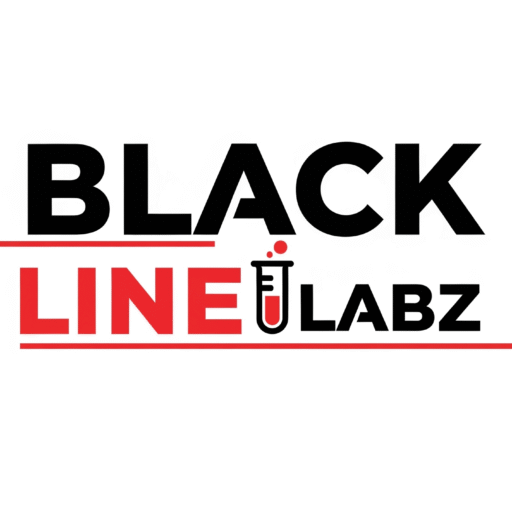
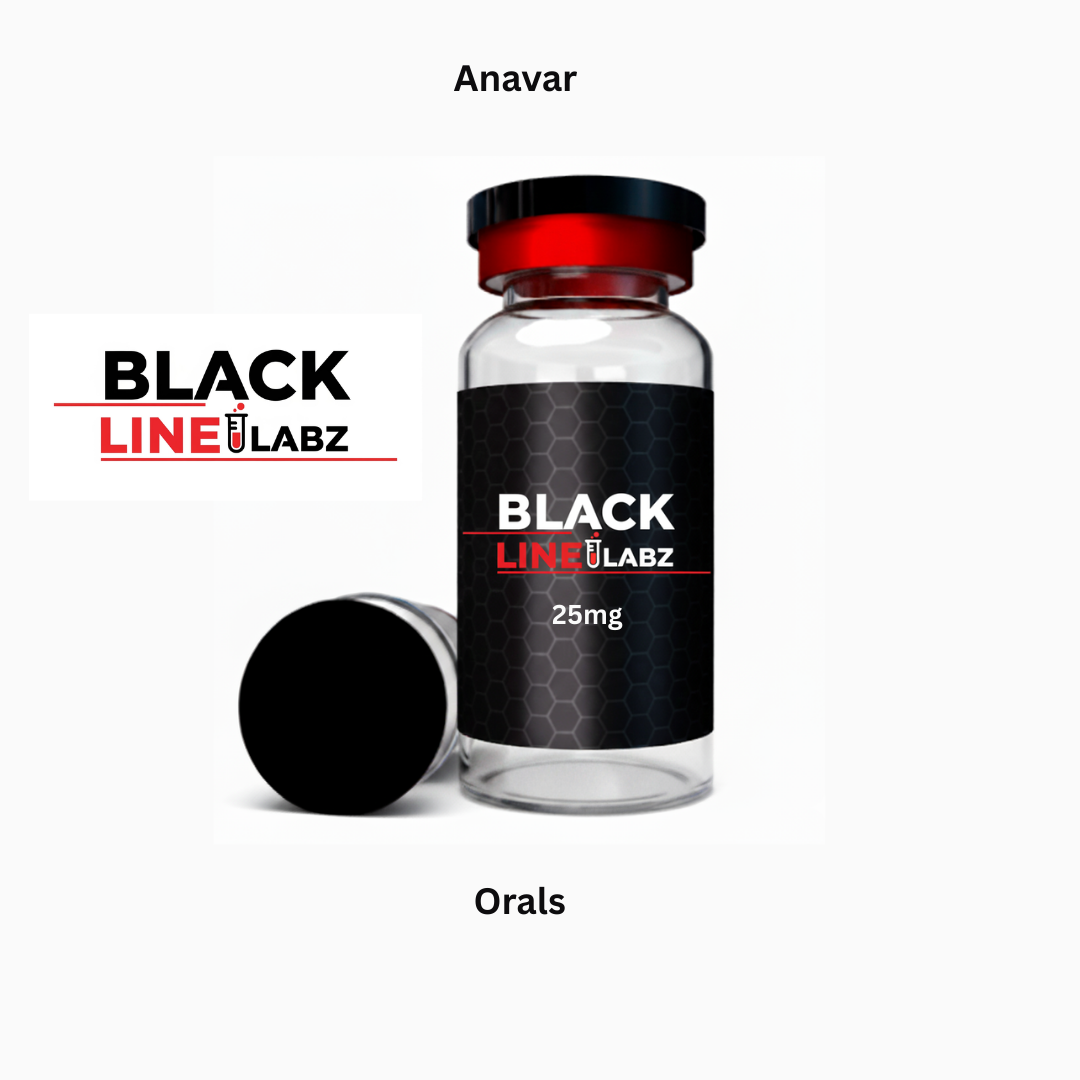
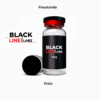
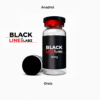
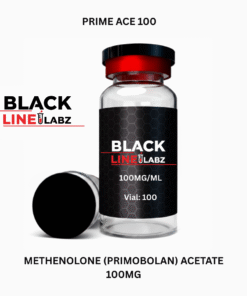

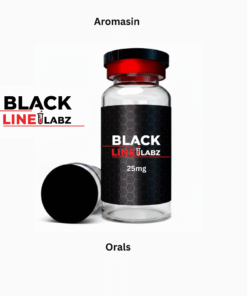
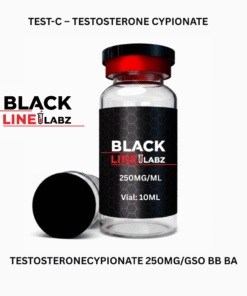
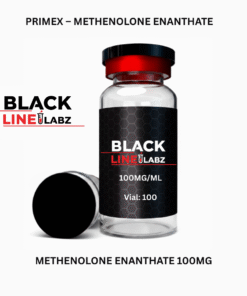
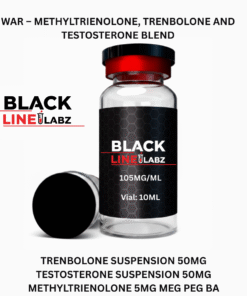
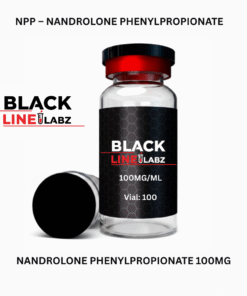
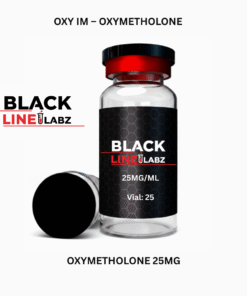
Reviews
There are no reviews yet.